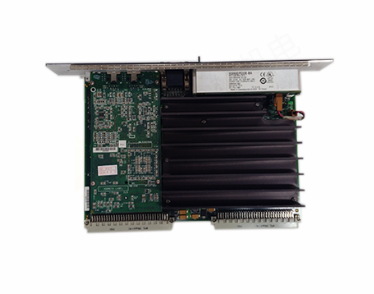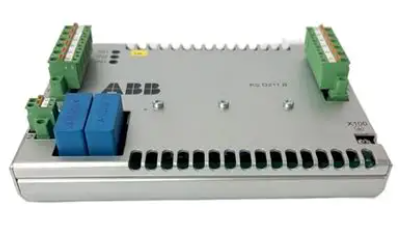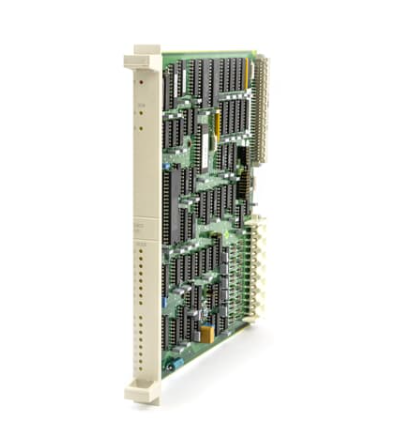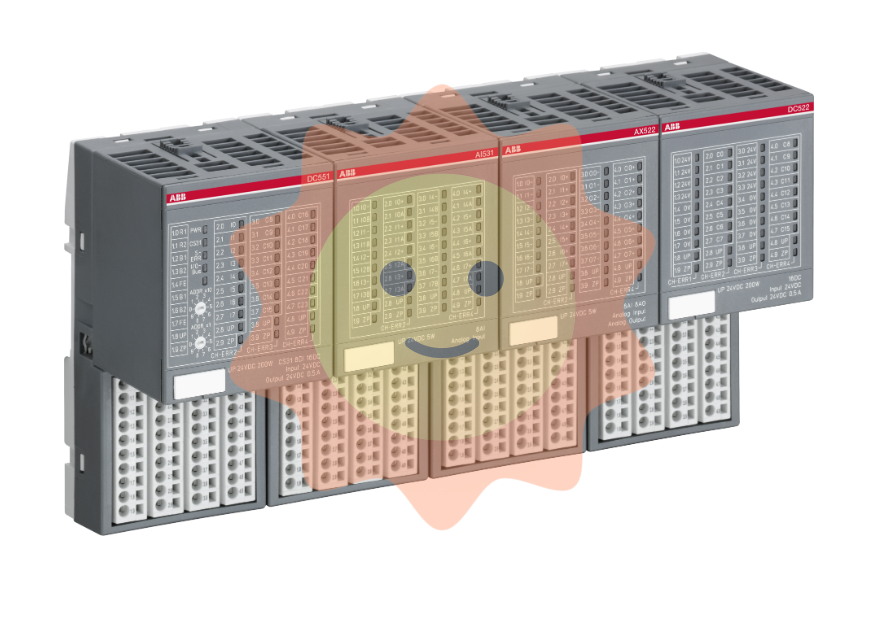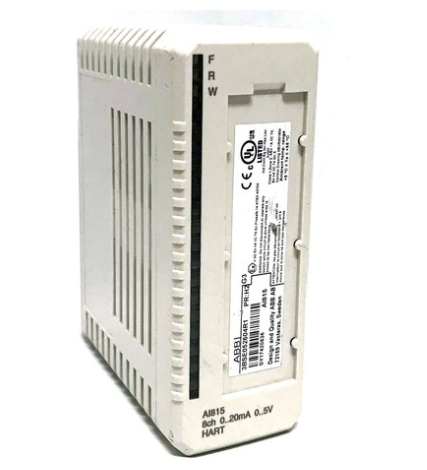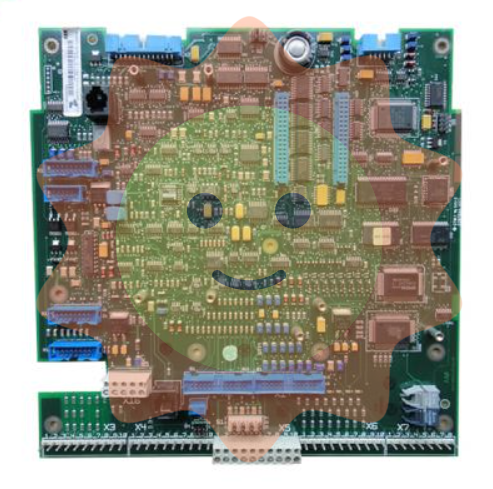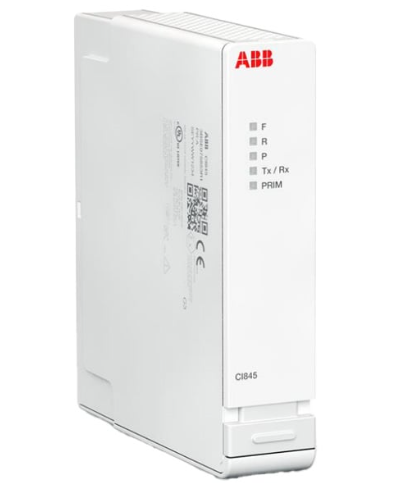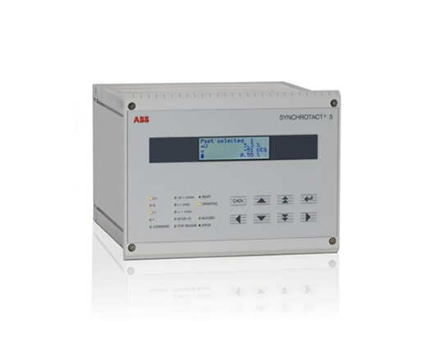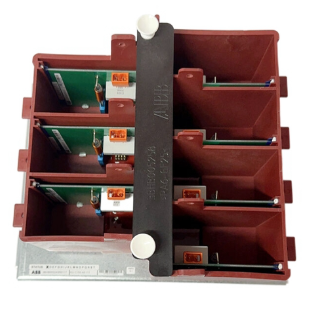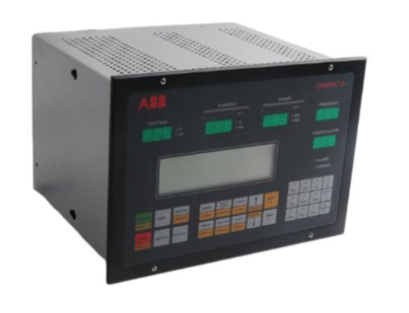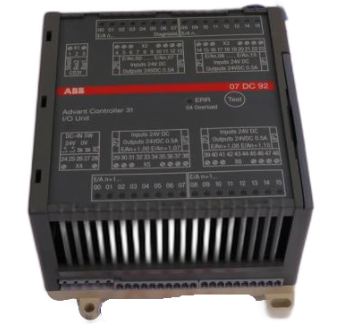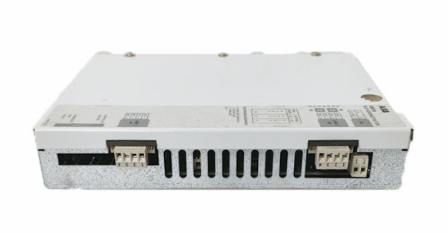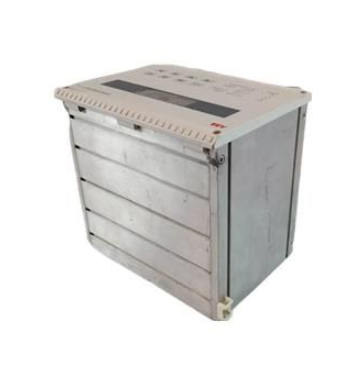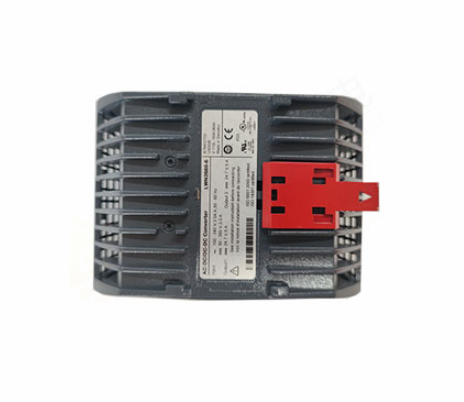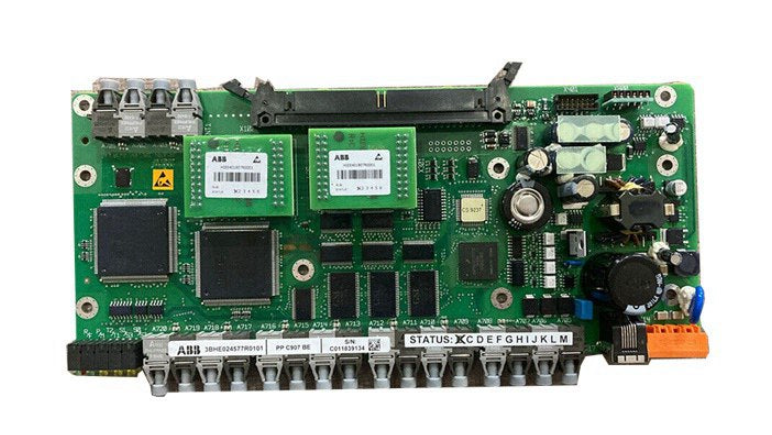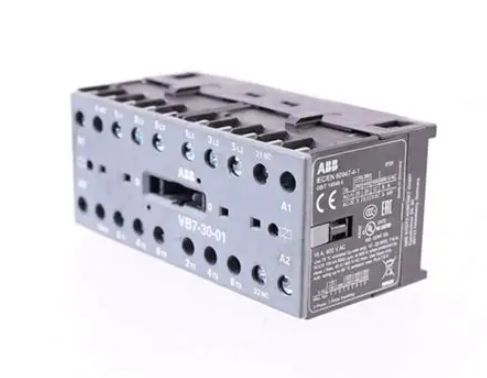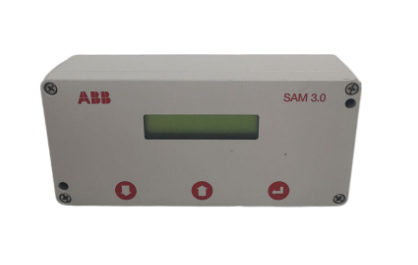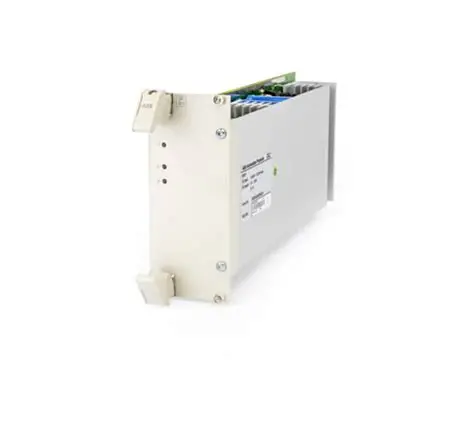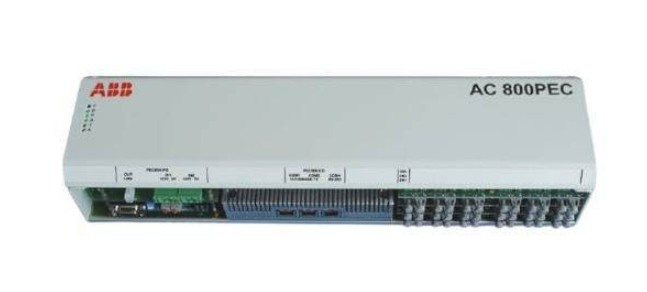Sewage treatment solutions
1, physical method Physical method sewage treatment is the use of physical action, separation of sewage mainly in the suspended state of pollutants, in the treatment process does not change the chemical properties of water.
(1) Precipitation (gravity separation) Sewage flows into the pool due to the reduced flow rate, the solid material in the sewage is precipitated under the action of neutrality, and the solid material is separated from the water. This process has good separation effect, is simple and easy to operate, and is widely used, such as the sedimentation tank and sedimentation tank of sewage treatment plant. The sedimentation tank is mainly used to remove the dense solid particles in the sewage, and the sedimentation tank is mainly used to remove a large number of granular suspended solids in the sewage.
(2) Screening (interception) The use of screening media to intercept suspended matter in sewage. The equipment belonging to the sand filtration treatment is the grating, micro filter, sand filter, vacuum filter, filter press (the latter two are mainly used for sludge dehydration) and so on.
(3) Air flotation (floating) For some fine particles whose relative density is close to water, it is difficult to sink or float in water due to their own weight, air flotation devices can be used. This method will be the air into the sewage, and make it in the situation of tiny bubbles precipitated from the water, sewage density is close to the water of small particles of pollution impurities (such as emulsified oil) adhere to the bubble, and with the bubble to the surface, the formation of foam scum and remove. According to the different ways of air injection, air flotation equipment has pressure dissolved steam gas flotation, impeller gas flotation and jet gas flotation. In order to improve the effect of air flotation, sometimes it is necessary to add coagulant to the sewage.
(4) Centrifugal and swirl separation makes the sewage containing suspended solids or emulsified oil, because the quality of suspended solids and wastewater is different, the centrifugal force is different, the mass of suspended solids is thrown to the outside of the sewage, so that the suspended solids and sewage can be discharged through their respective discharge outlets outside the equipment, so that the sewage can be purified.

2. The chemical treatment of sewage is to add chemicals to sewage, use chemical reactions to separate and recycle pollutants in sewage, or convert them into harmless substances. There are the following chemical treatment methods.
(1) Coagulation method Coagulation method is to add a certain amount of chemicals to the sewage, through the reaction process of destabilization, bridging, etc., so that the pollutants in the sewage condense and settle. The colloidal pollutants in the water are usually negatively charged, and the colloidal particles are expelled from each other to form a stable mixture. If the electrolyte with the opposite charge in the water (coagulant) can make the colloidal particles in the sewage change to be electrically neutral, and under the action of molecular gravity, condensed into large particles.
(2) Neutralization method The process of eliminating excess acid and alkali in sewage by chemical methods so that its pH value reaches about neutral is called neutralization method. Alkali is used as a neutralizer in the treatment of acid-containing sewage, and acid is used as a neutralizer in the treatment of alkali-containing sewage, and CO2 can also be blown into the flue gas for neutralization. Acid and base refer to inorganic acid and inorganic base, generally in accordance with the principle of "waste to waste", can also be neutralized by chemicals, can be carried out continuously, can also be intermittent.
(3) The organic matter and inorganic matter in the dissolved state of the sewage by the REDOX method, after the addition of oxidants and reducing agents, oxidation and reduction occur due to the migration of electrons to form harmless substances. Commonly used oxidants are oxygen in the air, pure oxygen, bleaching powder, ozone, chlorine, etc. Oxidation method is mostly used to treat cyanogen containing phenol wastewater. The commonly used reducing agents are iron filings, ferrous sulfate, sodium bisulfite, etc. The reduction method is mostly used to treat wastewater containing chromium and mercury.
(4) The electrolysis method inserts an electrode in the waste water and passes a current to accept electrons on the cathode plate. In the electrolysis of water, oxygen is produced on the anode and hydrogen is produced on the cathode. The above comprehensive process causes oxidation on the anode and reduction on the cathode. At present, electrolysis is mainly used to treat wastewater containing chromium and cyanide.

(5) Sewage adsorption treatment is mainly the use of solid material surface adsorption of pollutants in sewage, adsorption can be divided into physical adsorption and biological adsorption. Physical adsorption is produced between the adsorbent and the adsorbent under the action of molecular forces, does not produce chemical changes, and the chemical adsorption law makes the adsorbent and the adsorbent adsorbent under the action of chemical bond forces, so the chemical adsorption selectivity is strong. In addition, biological adsorption can also be produced under biological action. The adsorbents commonly used in sewage treatment are activated carbon, sulfonated coal, diatomite, coke and so on.
(6) Chemical precipitation method to add a chemical agent to the sewage, so that it reacts with some dissolved substances, resulting in insoluble salt precipitation. It is mainly used to treat industrial wastewater containing heavy metal ions.
⑺ Ion exchange method The ion exchange method is widely used in sewage treatment. The ion exchanger used is divided into inorganic ion exchange method (natural zeolite and synthetic zeolite), organic ion exchange resin (strong acid cation resin, weak acid cation resin, strong basic anion resin, weak basic anion resin, chelate and resin, etc.). When ion exchange method is used to treat sewage, the selectivity of resin must be considered. The exchange ability of the resin for various ions is different, which mainly depends on the size of the affinity of each ion for the resin, also known as the size of the selectivity, and also takes into account the regeneration method of the resin.
(8) Membrane separation dialysis, electrodialysis, ultrafiltration, microfiltration, reverse osmosis and other technologies for separating ions and molecules in water through a special semi-permeable membrane, collectively known as the membrane separation method. Electrodialysis is mainly used for desalting water, recovering some metal ions and so on. Reverse osmosis is mainly a function of the chemical nature of the membrane surface. The particle size of the solute separated by it is small, the salt removal rate is high, and the required working pressure is large. The material used in ultrafiltration is the same as reverse osmosis, but ultrafiltration is a screening effect, the separation of solute particle size is large, the water permeability is high, the salt removal rate is low, and the working pressure is small.

3, the biofilm method of biological sewage is to take certain artificial measures to create an environment conducive to the growth and reproduction of microorganisms, so that microorganisms proliferate, in order to improve microbial oxidation, decomposition of organic pollutants are degraded and converted into harmless substances, so that sewage can be purified. Biological treatment can be divided into two categories: aerobic treatment and anaerobic treatment. The former has high efficiency, good effect and wide use, and is the main method of biological treatment. There are several processes that belong to biological treatment.
(1) Activated sludge method is the most widely used biological treatment technology. The air is continuously pumped into the sewage containing a large number of dissolved organic pollutants, and after a period of time, the water not only forms a flocculant with a large number of aerobic microorganisms - active sludge, the activated sludge can adsorb the organic matter in the water, the microorganisms in the activated sewage on the activated sludge take the organic matter as food, obtain energy, and constantly multiply, and the organic matter is decomposed and removed. To purify the sewage. Generally, the effluent treated by the aeration tank is the sewage mixed liquid containing a large amount of activated sludge, which is separated by precipitation, and the water is purified and discharged. The sludge after precipitation and separation is used as seed mud, and part of it is returned to the aeration tank. Since the emergence of activated sludge method, after more than 80 years of evolution, there have been various variations of activated sludge method, but its principle and process have not fundamentally changed.
(2) Ordinary activated sludge method This method has been widely used and is a common process in many sewage treatment plants. The traditional activated sludge method is to introduce sewage and return sludge from the first section of the aeration tank and flow out in a push flow to the end of the aeration tank. This method is suitable for treating sewage with high requirements and stable water quality, but it is weak in adaptability to load changes. Later on, some improved forms have been produced on this basis.

(3) In order to make the organic load in the tank close to a certain value, the sewage is divided into several points, which is conducive to solving the overload problem.
(4) The activated activated sludge in the contact tank adsorbed polluting substances, and after the separation of sludge and water, the adsorbed polluting substances were oxidized in the aeration tank. This method is beneficial to increase the amount of sewage treatment and has a certain ability to resist the impact load.
(5) Delayed aeration method Sewage in the aeration tank to extend the aeration time, is conducive to complete oxidation, less sludge, this method is suitable for small sewage treatment plants.
(6) Anaerobic - anoxic - aerobic activated sludge method in the conventional activated sludge method to remove organic pollutants at the same time, in order to effectively remove nitrogen and phosphorus and other nutrients, people combine anaerobic, anoxic, aerobic conditions into the activated sludge method, so that anaerobic - anoxic - aerobic conditions exist simultaneously in the reaction aeration tank or repeated cycles to achieve. The anaerobic-anoxic-aerobic activated sludge method was developed. There are also processes using anaerobic-aerobic activated sludge method. With the batch activated sludge process, the sewage flows to a single reaction tank, and each process is controlled by the program according to time. In a working cycle of the reaction pool, the operating procedures are followed by inlet, reaction, precipitation, outlet and standby processes. This method is suitable for small and medium-sized water quantity and high effluent quality, which is conducive to automatic control. Through the adjustment of operation, this method can also be used for phosphorus and nitrogen removal and chemical treatment, which is conducive to sewage reuse. In recent years, SBR process has developed rapidly, especially with the development of instrument and automatic control technology and equipment, new batch activated sludge process continues to emerge, such as CASS process, CAST process, IDEA process, MSBR process and UNITANK process.

⑻ AB method is the abbreviation of adsorption degradation process, which belongs to the ultra-high load activated sludge method. It is a series system of two activated sludge methods, and each of them has an independent secondary sedimentation tank. This method has strong impact load resistance and is beneficial for phosphorus and nitrogen removal and chemical treatment, especially for wastewater with high concentration and large variation of water quality and quantity.
(9) Oxidation ditch The oxidation ditch is a continuous ring aeration pool, the pool is longer, shallow depth. Oxidation ditch system is a kind of treatment technology with low cost, simple structure and easy maintenance management. Its effluent quality is good, nitrogen removal can be carried out, and it is conducive to delayed aeration.
4, the biofilm method makes the sewage flow continuously through the solid filler, on the filler can form a sludge scale-like biofilm, a large number of microorganisms on the biofilm, adsorption and degradation of organic pollutants in the water, and can play the same role as activated sludge for purifying sewage. The dead biofilm that falls off the filler flows into the sedimentation tank with the sewage and is clarified and purified by the sedimentation tank. Biofilm has a variety of treatment structures, such as biological filter media, biological turntable, biological contact oxidation and biological fluidized bed.
(1) Biological filter Biological filter is developed on the basis of the principle of soil self-purification, there are fixed fillers in the filter, the sewage flows through the filter material contact, microorganisms form biofilm on the surface of the filter material. The sewage purification plant consists of a filter bed, a water distribution system and a drainage system to provide microbial growth and habitat. Biological filter is simple to operate, low cost, suitable for small and medium-sized towns and remote areas. Biological filters are divided into ordinary biological filters, high load biological filters, tower biological filters and aerated biological filters.

(2) The biological turntable is driven by the transmission device to rotate the biological turntable at a certain speed in the contact reaction tank, and the alternating contact with the air and sewage, each cycle to complete the process of adsorption - oxygen absorption - oxidation decomposition, through continuous rotation, so that the pollutants in the sewage are constantly decomposed and oxidized. In addition to the biological turntable process, there are primary and secondary sedimentation tanks. The biological turntable has a wide range of adaptation, which can be applied to domestic sewage and various industrial wastewater. At the same time, the power consumption of the biological turntable is low, the impact load resistance is strong, and the management and maintenance are simple.
(3) Biological contact oxidation in the pool is filled with fillers, so that the oxygenated sewage is immersed in all the fillers, the filler is covered with biofilm, the sewage is in contact with the biofilm, the organic matter in the water is adsorbed by microorganisms, oxidation decomposition and conversion into a new biofilm. The biofilm that falls off from the filler is removed with the water flow to the secondary sedimentation tank, and the sewage is purified. The biological contact oxidation method has a strong ability to adapt to the impact load, the sludge production is small, and the effluent quality can be guaranteed.
(4) The biological fluidized bed uses small inert particles with a relative density of more than 1, such as sand, charcoal, activated carbon, ceramic particles, etc., as a carrier, microorganisms adhere to the surface of the carrier, forming a biofilm, oxygenated sewage flows from top to bottom so that the carrier is in a fluidized body, and the biofilm is in full contact with the sewage. The treatment efficiency of biological fluidized bed is high, it can adapt to large impact load and occupy a small area.

5. Natural biological treatment method uses microorganisms that grow and reproduce under natural conditions to treat sewage, forming an ecosystem composed of water-microbial-plants, carrying out a series of physical-chemical and biological purification of pollutants, which can make full use of nutrients in sewage, conducive to the growth of green plants, and realize the recycling, harmfulness and stabilization of sewage. The process is simple, the construction and operation costs are low, high efficiency, is a kind of ecological principle of sewage treatment, but easy to be affected by natural conditions, occupy a large area. The main aquatic plant pond, aquatic animal pond, land treatment system and the above process combination system. The stabilization pond uses microorganisms growing naturally in pond water to treat sewage, and the photosynthesis of algae growing in the pond and the action of atmospheric oxygen supply oxygen to the pond. In the stabilization pond, the sewage stays for a long time, and its biochemical process is similar to that of natural water purification. According to the type of microbial reaction, stable ponds can be divided into aerobic ponds, facultative ponds, anaerobic ponds and aerated ponds. Land treatment takes land purification as the core, and uses soil filtration and retention, adsorption, chemical reaction and precipitation as well as microbial decomposition to treat pollutants in sewage. Crops growing on land can make full use of water and nutrients in sewage. Such as sewage farmland irrigation is a way of land treatment. 6, anaerobic biological treatment using anaerobic bacteria in anaerobic conditions to reduce the degradation of organic pollutants, mainly used for the treatment of high-concentration refractory organic industrial wastewater and organic sludge. In recent years, there has been great development in this field, and a series of new high-efficiency anaerobic treatment structures have been created, such as anaerobic filter, anaerobic turntable, upflow anaerobic sludge bed, anaerobic fluidized bed and other high-efficiency reaction devices. This method has low energy consumption and can produce energy, and the sludge amount is small.
- EMERSON
- Honeywell
- CTI
- Rolls-Royce
- General Electric
- Woodward
- Yaskawa
- xYCOM
- Motorola
- Siemens
- Rockwell
- ABB
- B&R
- HIMA
- Construction site
- electricity
- Automobile market
- PLC
- DCS
- Motor drivers
- VSD
- Implications
- cement
- CO2
- CEM
- methane
- Artificial intelligence
- Titanic
- Solar energy
- Hydrogen fuel cell
- Hydrogen and fuel cells
- Hydrogen and oxygen fuel cells
- tyre
- Chemical fiber
- dynamo
- corpuscle
- Pulp and paper
- printing
- fossil
- FANUC
- Food and beverage
- Life science
- Sewage treatment
- Personal care
- electricity
- boats
- infrastructure
- Automobile industry
- metallurgy
- Nuclear power generation
- Geothermal power generation
- Water and wastewater
- Infrastructure construction
- Mine hazard
- steel
- papermaking
- Natural gas industry
- Infrastructure construction
- Power and energy
- Rubber and plastic
- Renewable energy
- pharmacy
- mining
- Plastic industry
- Schneider
- Kongsberg
- NI
- Wind energy
- International petroleum
- International new energy network
- gas
- WATLOW
- ProSoft
- SEW
- wind
- ADVANCED
- Reliance
- YOKOGAWA
- TRICONEX
- FOXBORO
- METSO
- MAN
- Advantest
- ADVANCED
- ALSTOM
- Control Wave
- AB
- AMAT
- STUDER
- KONGSBERG
- MOTOROLA
- DANAHER MOTION
- Bently
- Galil
- EATON
- MOLEX
- Triconex
- DEIF
- B&W
- ZYGO
- Aerotech
- DANFOSS
- KOLLMORGEN
- Beijer
- Endress+Hauser
- MOOG
- KB
- Moxa
- Rexroth


Email:wang@kongjiangauto.com



